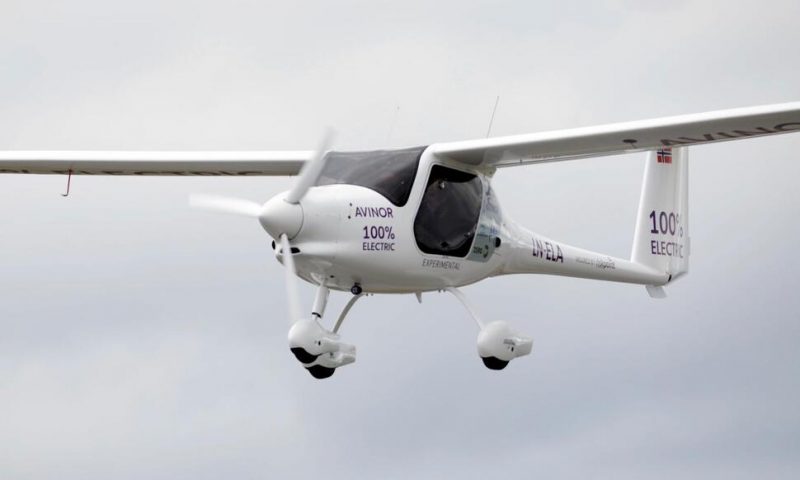U.S. industrial conglomerate Textron Inc. has signed a deal to acquire Pipistrel, the Slovenian ultralight aircraft maker and pioneer in electrically powered aviation.
LJUBLJANA, Slovenia — U.S. industrial conglomerate Textron Inc. has signed a deal to acquire Pipistrel, the Slovenian ultralight aircraft maker and pioneer in electrically powered aviation, both companies announced Thursday.
The Slovenian plane maker tweeted that the partnership will combine the expertise of both companies and “accelerate Pipistrel’s development and certification of sustainable aircraft.”
Textron is home to Cessna, Beechcraft, and Bell aviation brands. The value of the deal has not been disclosed. The transaction is expected to close during the second quarter of this year once all regulatory approvals are issued, Textron said.
Pipistrel CEO Ivo Boscarol will remain a minority owner, both companies said.
Pipistrel said the deal would grant it access to greater resources, technical and regulatory expertise and a global aircraft sales and support network that would speed up development and certification of electric and hybrid electric aircraft.
Kansas-based Textron has committed to maintaining Pipistrel’s brand, headquarters, research and development, and manufacturing in Slovenia and Italy, while making additional investments in Pipistrel for the development and production of future products, the Slovenian plane maker said.
According to Slovenia’s STA news agency Boscarol said that under his leadership, the plane maker has positioned itself to offer “affordable, environmentally friendly and electric aviation.”
Textron Chairman And CEO Scott Donelly said Pipistrel puts his company in a position to develop new aircraft “to meet a wide range of customer missions.” “Today’s announcement supports Textron’s long-term strategy to offer a family of sustainable aircraft for urban air mobility, general aviation, cargo and special mission roles.”
Pipistrel, which currently employs some 300 people, posted a net profit of 4.5 million euros in 2020. It started production in 1980s. Initially Pipistrel made only powered hang gliders designed by Boscarol and a group of his friends.
In the mid-1990s, when composite materials became more widely used in aviation, the company moved to the production of ultra-light aircraft. One of the early models, the Sinus, was the first serially-built ultralight aircraft made out of composites.(
The Slovenian company delivered the 1,000th plane of the Virus and Sinus light aircraft family in March 2019. In 2007, the company released an electric version of the Taurus, the world’s first fully electric 2-seat aircraft and the first electric motor-glider to achieve serial production.

